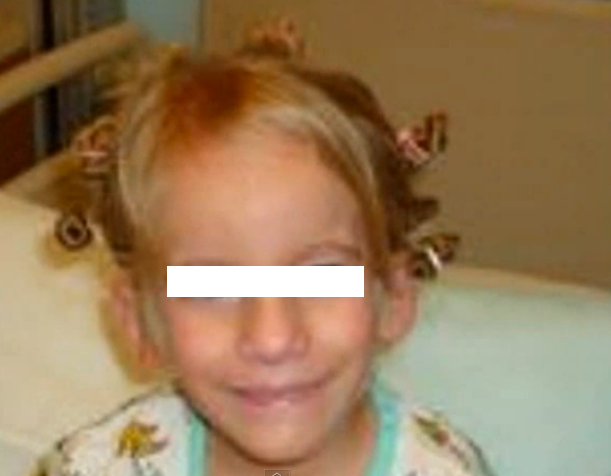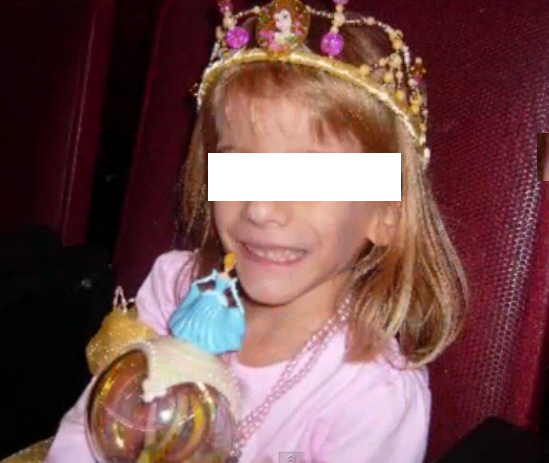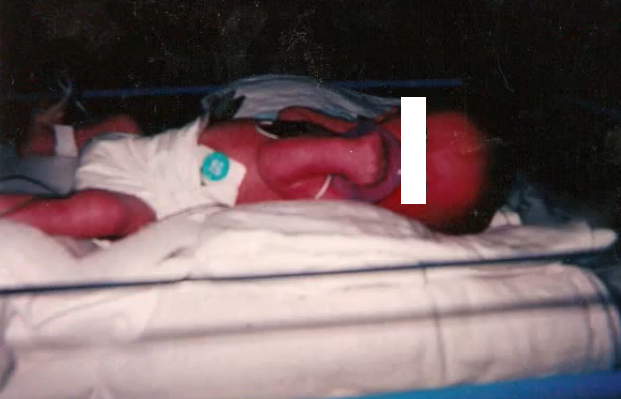Russell-Silver syndrome is a disorder characterized by varied developmental defects such as a shorter height as compared to other family members, stunted growth and development, a low birth weight, unique facial abnormalities, and asymmetrical development of either sides of the body. The symptoms of Russell-Silver syndrome were first reported by Silver and his colleagues in 1953. Later in the year 1954, the condition and its unique symptoms were again described by Russell.
Russell-Silver syndrome is a very rare condition with an incidence rateranging from around 1 in 3,000 to 1 in 100,000 live births. The syndrome belongs to a category of 200 forms of dwarfism and 5 forms of primordial dwarfism.
Only an estimated few 100 cases of Russell-Silver syndrome have been reported and noted till date. However, it is likely that many more instances of the condition have either been not detected or reported. Fortunately, Russell-Silver syndrome is a kind of dwarfism that can be treated and cured via therapies and medications. A few treatment options include intake of sufficient calories in the daily diet, use of growth hormones and other drugs, physical therapy, and adherence to a nutritional and proper diet plan.
Symptoms of Russell-Silver syndrome
The signs and symptoms of Russell-Silver syndrome are more noticeable in younger patients. As the affected children slowly grow and become older, the abnormal symptoms tend to fade away.
Some of the common signs and symptoms associated with Russell-Silver syndrome are listed below:
- The head may be of normal size or smaller than usual. It is shaped like a triangle. However, due to the short body of the affected individual the head may appear to be abnormally big.
- The little fingers or pinky fingers may be bent or curved
- The overall growth is unbalanced or uneven
- The heart may not function properly, or there may be other cardiac irregularities
- The toes may be fused together
- The limbs may elicit abnormal or asymmetrical growth
- The forehead is quite high. It may recede into a small jaw.
- The white portion of the eyes or the sclera may have a bluish tinge
- The post natal growth is poor as compared to normal standards
- Children with Russell-Silver syndrome may suffer from poor muscle function or poor muscle mass, or both, leading to diminished motor functions.
- The birth weight is significantly lower than the normal standards
- A more pronounced nasal bridge is evident
- The mouth corners may slant downwards
- The fontanel may experience a late closure
- The neck may be very short. It may also be attached to the torso.
- Each section of the body may appear different, or be of different size as compared to other body parts.
- People with Russell-Silver syndrome are at increased vulnerability to developing certain kinds of tumors
- The presence of a receding or very thin jaw can result in speaking and communication problems
- The urinary and genital body systems may elicit abnormalities
- The fingers may experience rigid flexion
- Affected children may experience a variety of feeding problems such as difficulties in breakdown of ingested food, gastro-esophageal reflux, esophagitis, and aversion to food or some foods. Dislike of food can in turn result in failure to grow and thrive
- The upper body and the head may experience excessive perspiration
- The different bodily defects and deformities may result in lowered self-esteem, social isolation, and emotional problems
- Individuals with Russell-Silver syndrome may be at increased risk to extremely low blood sugar levels during fasting and infancy
- Nearly half the number of affected children may experience some form of learning disability such as problems in arithmetic, communication, and language.
- Despite retarded or stunted growth, patients may have a normal occipital-frontal circumference
- As compared to the neck and trunk, the head may seem very large resulting in weakened control of the head
Causes of Russell-Silver syndrome
The exact cause of Russell-Silver syndrome is not known. Researchers believe that genetic errors and mutations are one of the causes, and that such mutations tend to occur at random. They however cannot be clearly identified in most of the cases. Both men and women are equally susceptible to Russell-Silver syndrome. A maternal age of more than 35 years increases the risk to the baby developing the condition.
Genetics
- Certain families have been found with an autosomal dominant pattern of inheritance, which includes ring 2 chromosome, duplication of parts of 7p gene, and equal translocation of 17q2 gene
- Research also shows links between growth anomalies and chromosome 11 defects
- Approximately ten percent of Russell-Silver syndrome patients have uniparental disomy with regards to chromosome 7. It is often passed on by the mother.
- Genomic imprinting, i.e. varying expression of specific genes as per the source of inheritance and the intensity of DNA methylation; as well as placental mosaicism also play a part in the different manifestations of Russell-Silver syndrome.
- X-related varieties of the disorder have also been reported
Rate of incidence – statistics
- Russell-Silver syndrome is a very rare disorder
- About 35 percent of affected individuals elicit an anomaly of chromosome 11 which affects genes essential for growth.
- Around seven to ten percent of people with Russell-Silver syndrome suffer from an abnormality known as maternal uniparental disomy of chromosome 7
- The approximate number of individuals who develop Russell-Silver syndrome differs widely. Some studies suggest that the disorder affects around 1 in 3,000 persons, while other researchers claim the incidence rate to be about 1 in 100,000 individuals.
It may be noted that the cause isn’t always very clear in most cases. A lot of patients also have no family history of Russell-Silver syndrome.
Treatment of Russell-Silver syndrome
Some of the treatment options to decrease the symptoms of Russell-Silver syndrome are listed below:
- The most common treatment for Russell-Silver syndromeis growth hormone therapy. Doctors will inject growth hormones on a daily basis. The therapy commences when the affected child is two years old and continues till the teens. The therapy enhances the rate of development which in turn prevents growth anomalies. This in turn allows for a normal self-esteem and prevention of emotional and social problems.
- Intake of a balanced and healthy diet with sufficient nutrition and calories to aid growth and development.
- Asymmetrical or uneven development of limbs or other body areas can be corrected via surgeries. Doctors will also recommend physical therapies if needed.
Russell-Silver syndrome pictures



